Spain.
Philip III,
100 Escudos 1609,
Segovia.
Unique.
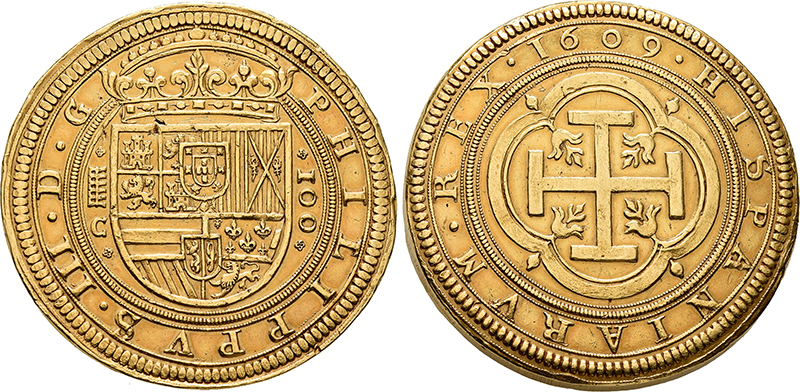

Roman Republic.
Cleopatra VII and Mark Antony,
Tetradrachm 36 BC,
Antioch on the Orontes.
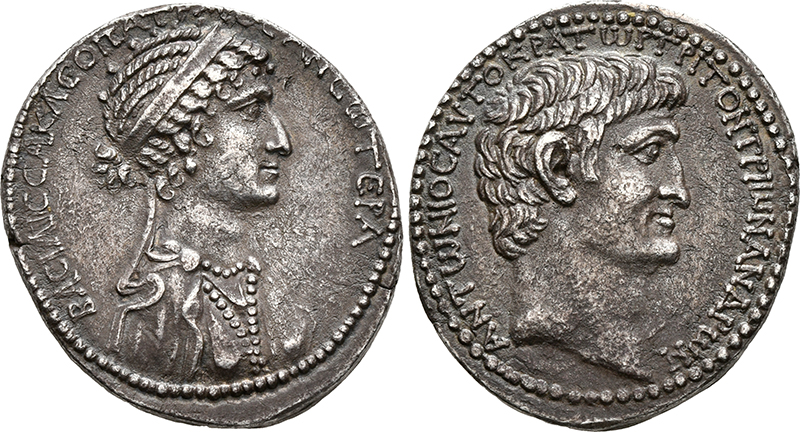
Great Britain.
Henry VII,
Gold Sovereign,
type I, Cross Fitchee, n. d. (1492),
Tower mint.
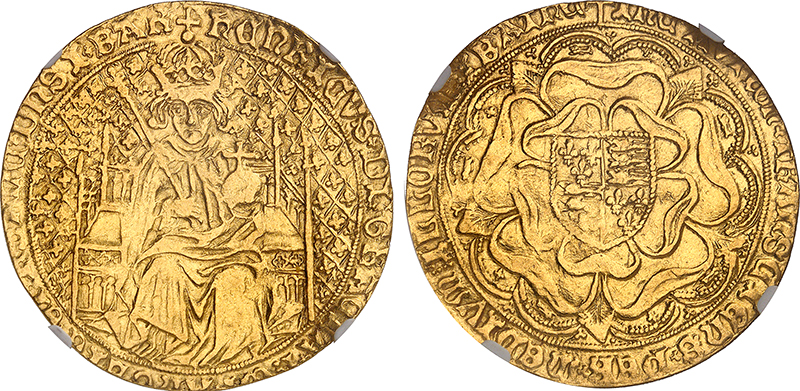
Archive: People and Markets
Stack’s Bowers Galleries Launches Coin Resource Center
Stack’s Bowers Galleries announced the launch of their Coin Resource Center. The new website is a detailed reference guide for all U.S. coins with historical backgrounds of each U.S. Mint and insightful Collector Guides.
Vatican Plans a Comeback: New Online Shop Launches in July
This move has nothing to do with the inauguration of Pope Leo XIV but has been in preparation for months: Starting in July 2025, the Vatican will resume sales of its philatelic and numismatic products.
Archive: Coins, Medals and more
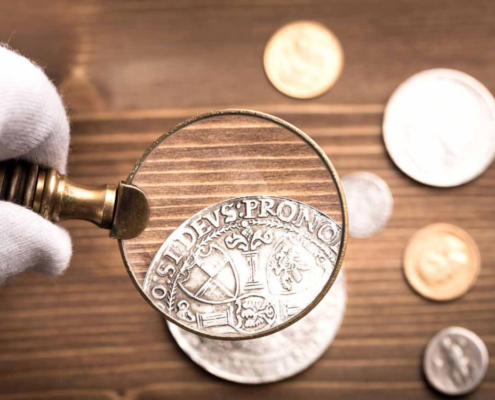
Planchet Error, Overstrike, Double-Strike, Etc.: Which Errors Affect the Price of a Coin? – Part 1
The price of a coin does not only depend on its rarity and grade. There are many things that can affect a specimen’s value in a positive or negative way. This overview will help you to understand common terms, to use them confidently and to understand them in their context.
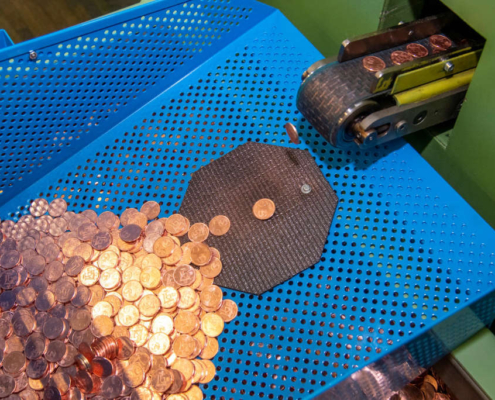
Croatia’s First Year as a Euro Country: A New Era for Coin Collectors and the Croatian Mint
Ivan Odrljin, sales representative at the Croatian Mint, talks to CoinsWeekly in an exclusive interview about the first steps in a new numismatic environment, challenges and chances, and gives insights into the future plans of Croatia.







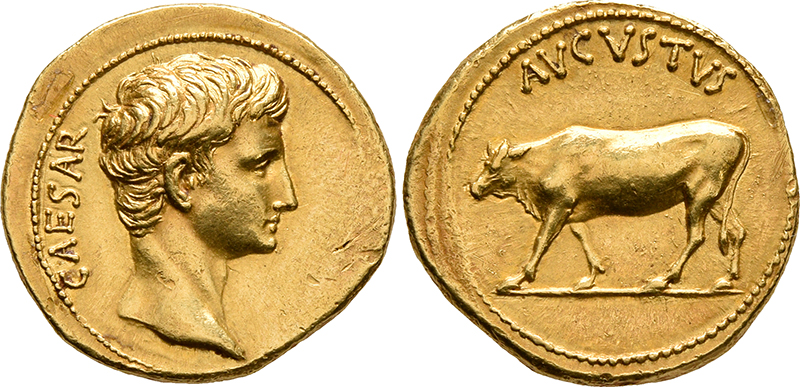
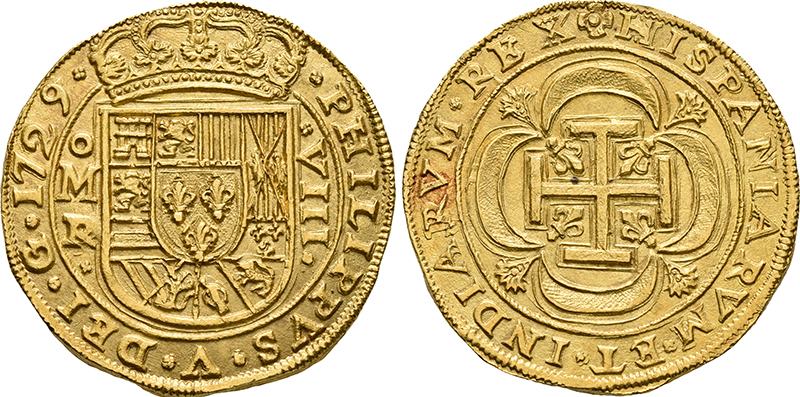
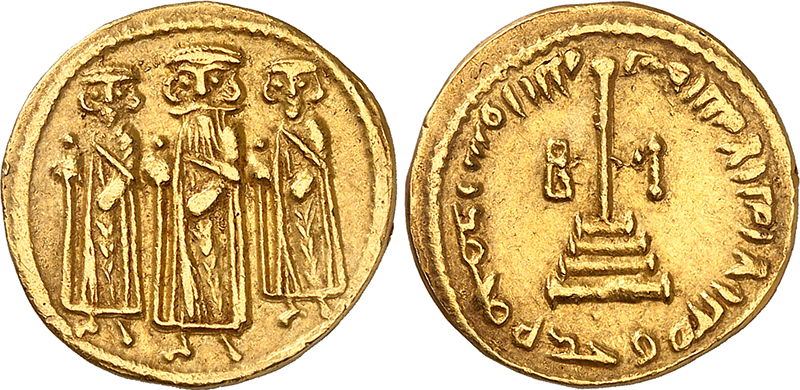
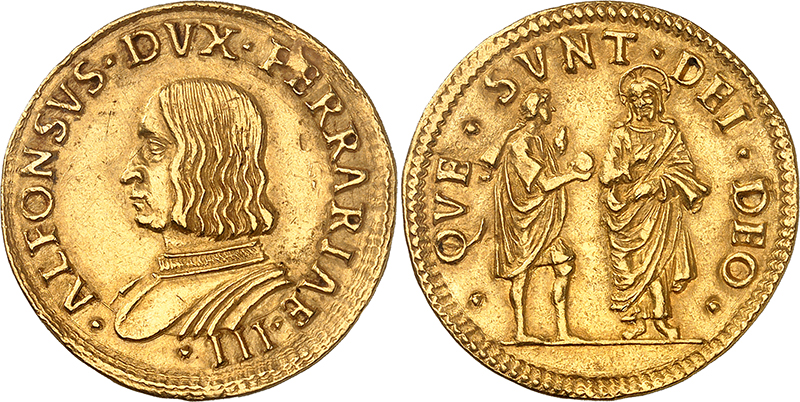
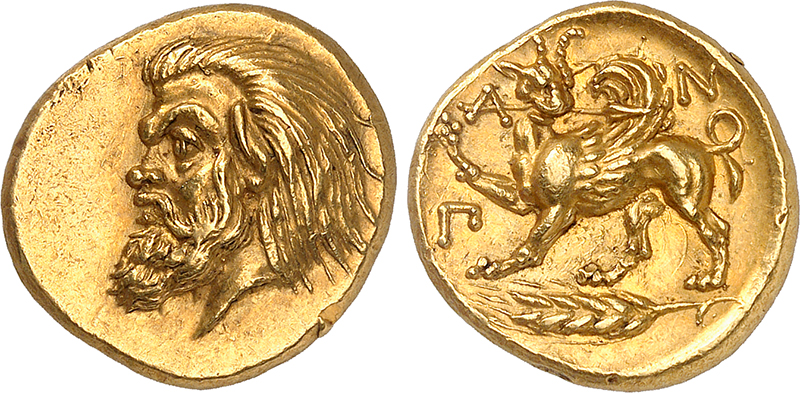
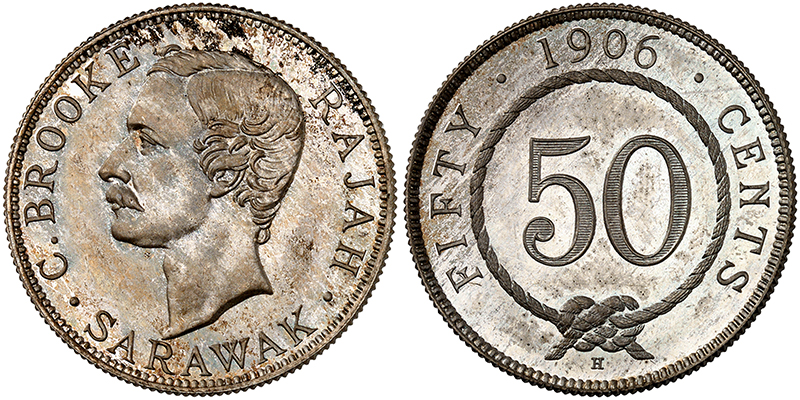
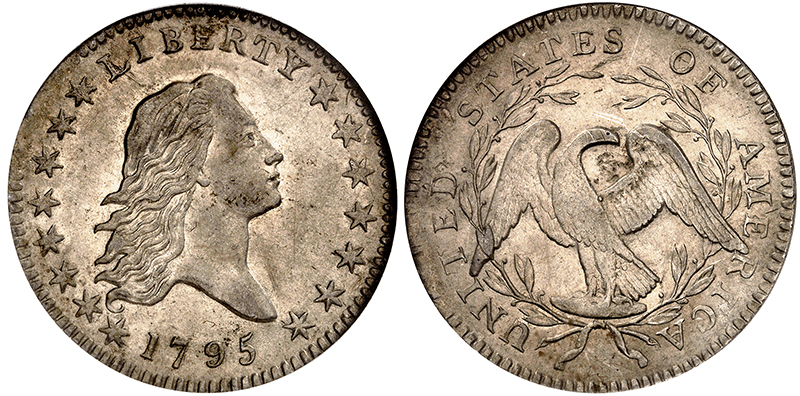
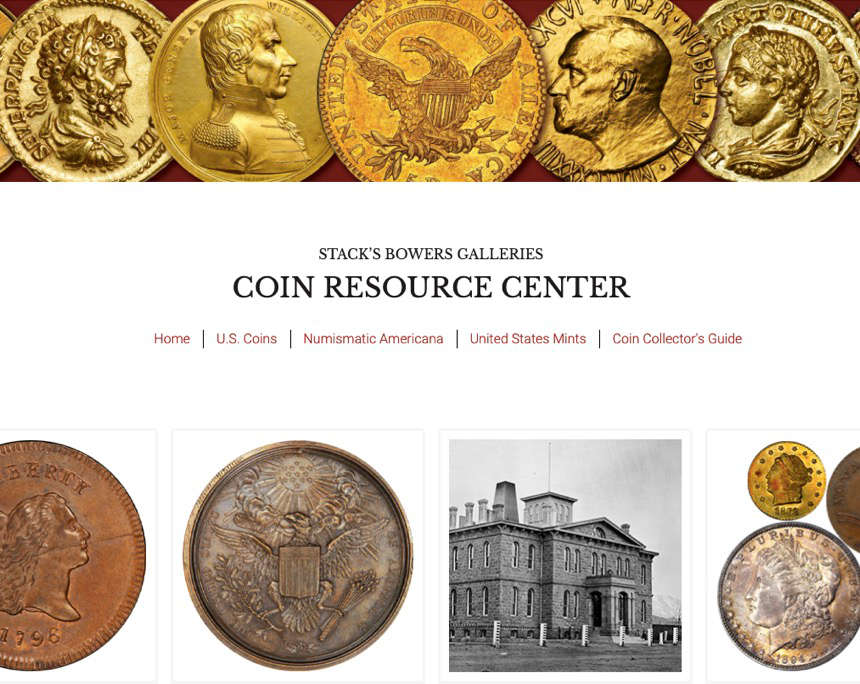


The Medals and Representative Coins of Emperor Ferdinand I
Andrea Mayr has presented another part of the collection of the Kunsthistorisches Museum in Vienna. In 2023, her two-volume work on the medals and representative coins of Ferdinand I was published. It is much more than a usual catalogue. Ursula Kampmann took a look at it.
The New and Advanced Coin Yearbook 2025
The new 2025 edition of the Coin Yearbook is fully revised and updated. It features accurate up-to-the-minute pricing of English, Scottish, Irish and Isle of Man coins and many more features.